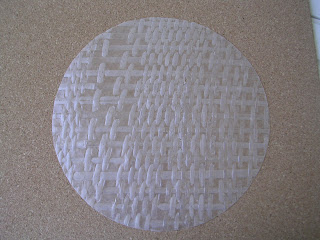Although there is Florida produce available now, it has not been easy for me to find it. There is a small stand on Military Trail south of Lake Ida Road that is part nursery and part produce. There is limited produce available there but some of it is locally grown. The Boys' Market continues to be by best nearby source of fresh fruits and vegetables.
Green beans are available fresh from Florida growers every month of the year. I guess that explains why they are always on display in a huge mound at The Boys' Market. July is the only month when fresh corn is not available here. I can't imagine that the list can be rigid since growing plants do not know calendars. Since they know sun, rain, length of day, there will be crops available both later and earlier than the chart indicates.
With weeks more of great avocados, I plan to eat a lot of them. My daughter makes the best guacamole I have ever tasted and I am sharing her recipe below. I will also use them in my new favorite sandwich combined with watercress. When I was growing up and schools were closed for summer vacation, I used to walk with my younger brother and sister to a place we called The Glen. I am several years older, so my mother sent us off with me in charge of the twins who must have been going into second grade. We set off for a couple of hours with a snack in our school lunch boxes and Kool-Aid in our thermoses. (How my mother must have looked forward to those hours!) We walked through a cow pasture, then along the railroad tracks and across a small wooded area to a stream. In the stream grew watercress, which we picked, took home and ate in sandwiches with lots of butter. I guess we must have been trespassing the whole time, but who thought about that half a century ago. In time, the land was sold to a developer and a housing subdivision called Glenside was built. That was the end of the foraging for watercress and I have never had any that tasted as good.
My new favorite sandwich consists of whole grain bread spread with mashed avocado as if it were butter, thick slices of tomatoes, lots of watercress, and a thick slice of sweet onion. It would taste even better with Larissa's guacamole.
1 teaspoon grated red onion
2 garlic cloves, pressed
juice of half a lime
1/4 teaspoon of salt
1/8 teaspoon ground black pepper
Remove the skin and peel from the avocados and in a medium bowl mash them, leaving some chunks the size of cranberries. Add the remaining ingredients and stir until well mixed. Serve at once to prevent the unpleasant darkening of avocado that happens when it sits for a while.




































